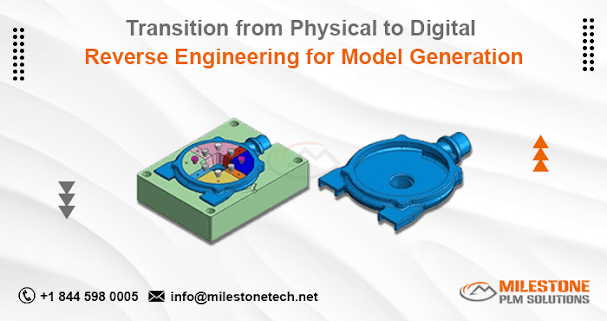Unlocking Project Efficiency: 4 Ways BIM Modeling Services Revolutionize Construction

The construction industry has traditionally grappled with inefficiency, leading to delays, cost overruns, and rework. However, the advent of Building Information Modeling (BIM) has ushered in a new era of project management. BIM modeling services are transforming how we design, construct, and manage buildings, unlocking a new level of efficiency throughout the entire project lifecycle. What is BIM? BIM goes beyond traditional 3D modeling. It creates a comprehensive digital representation of a building, encompassing not just its physical geometry but also crucial functional aspects. Imagine a virtual information hub containing details on materials, dimensions, energy consumption, and even maintenance schedules. This rich data empowers stakeholders to make informed decisions and streamline every stage of construction. How BIM Modeling Services Revolutionize Construction BIM modeling services offer a multitude of benefits that contribute significantly to project efficiency. Here are f...

